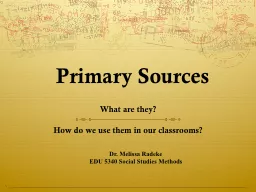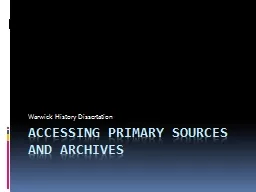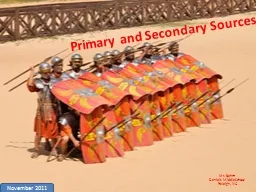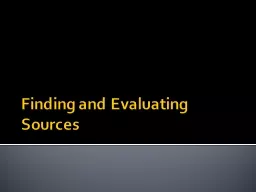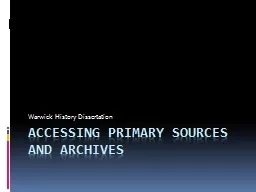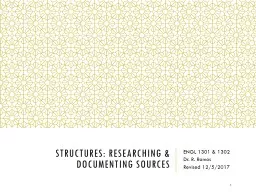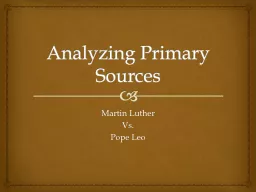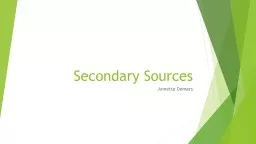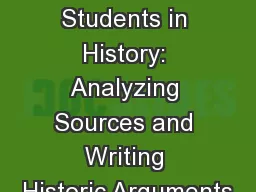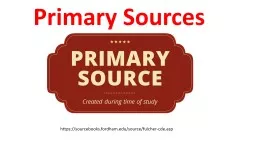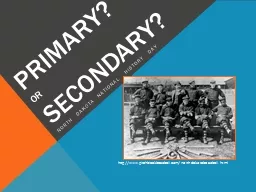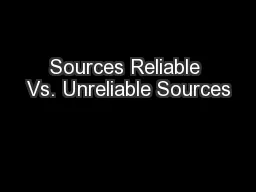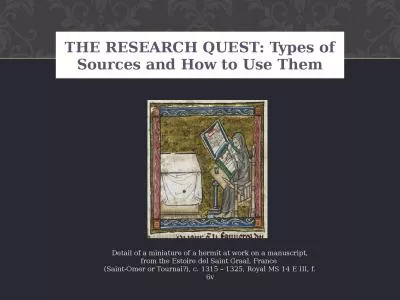PPT-Primary Sources
Author : mitsue-stanley | Published Date : 2016-07-26
What are they How do we use them in our classrooms Dr Melissa Radeke EDU 5340 Social Studies Methods Primary Source Definition Original materials Historians classify
Presentation Embed Code
Download Presentation
Download Presentation The PPT/PDF document "Primary Sources" is the property of its rightful owner. Permission is granted to download and print the materials on this website for personal, non-commercial use only, and to display it on your personal computer provided you do not modify the materials and that you retain all copyright notices contained in the materials. By downloading content from our website, you accept the terms of this agreement.
Primary Sources: Transcript
Download Rules Of Document
"Primary Sources"The content belongs to its owner. You may download and print it for personal use, without modification, and keep all copyright notices. By downloading, you agree to these terms.
Related Documents

